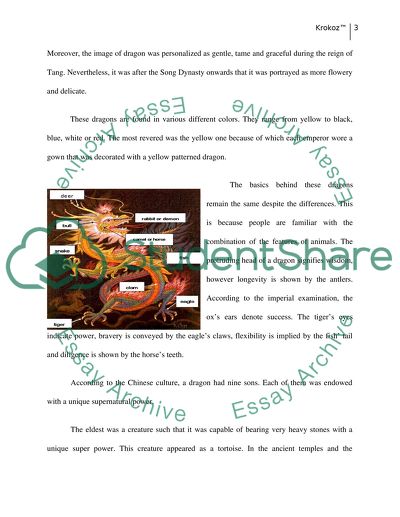Cite this document
(“Eastern Art Essay Example | Topics and Well Written Essays - 1250 words”, n.d.)
Eastern Art Essay Example | Topics and Well Written Essays - 1250 words. Retrieved from https://studentshare.org/visual-arts-film-studies/1455663-eastern-art
Eastern Art Essay Example | Topics and Well Written Essays - 1250 words. Retrieved from https://studentshare.org/visual-arts-film-studies/1455663-eastern-art
(Eastern Art Essay Example | Topics and Well Written Essays - 1250 Words)
Eastern Art Essay Example | Topics and Well Written Essays - 1250 Words. https://studentshare.org/visual-arts-film-studies/1455663-eastern-art.
Eastern Art Essay Example | Topics and Well Written Essays - 1250 Words. https://studentshare.org/visual-arts-film-studies/1455663-eastern-art.
“Eastern Art Essay Example | Topics and Well Written Essays - 1250 Words”, n.d. https://studentshare.org/visual-arts-film-studies/1455663-eastern-art.


